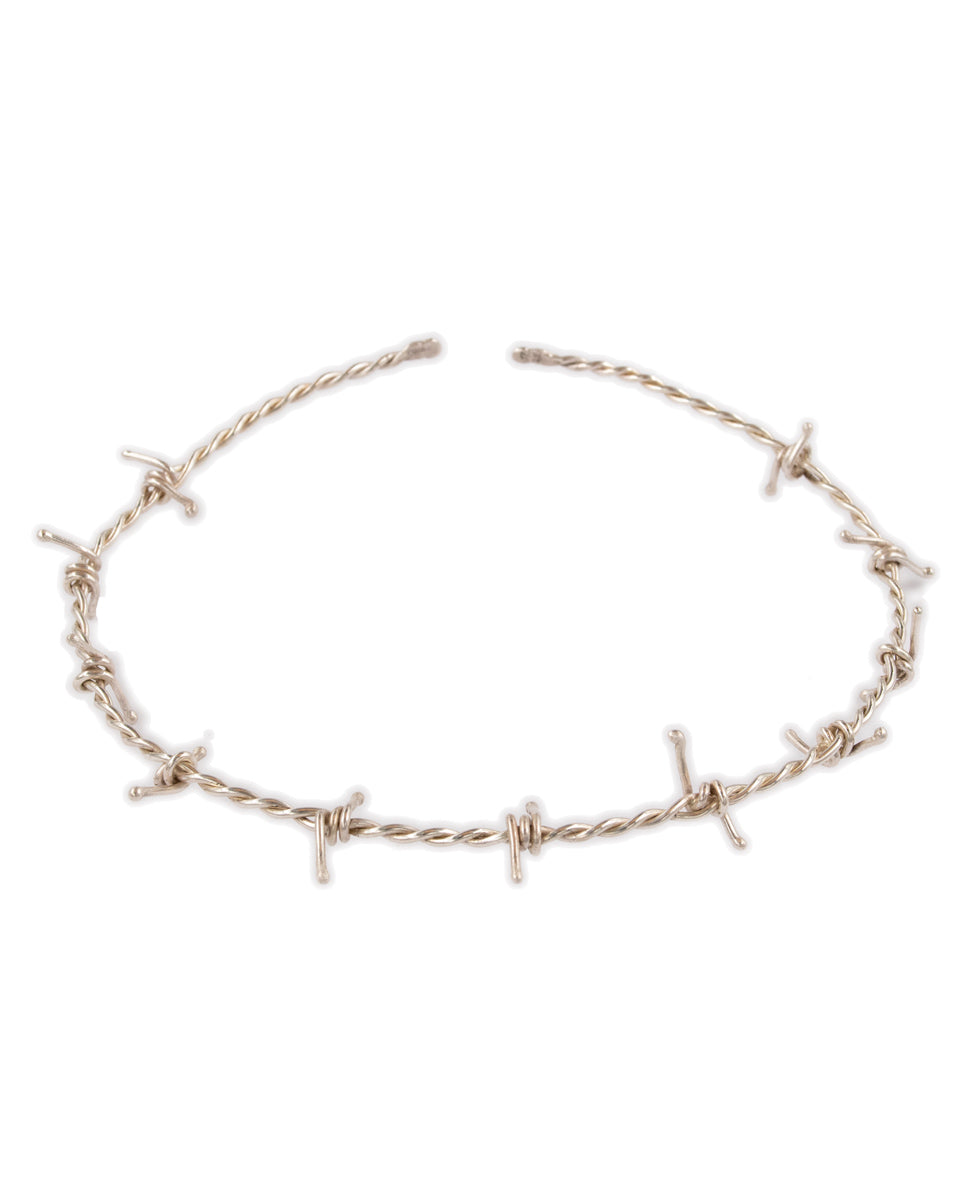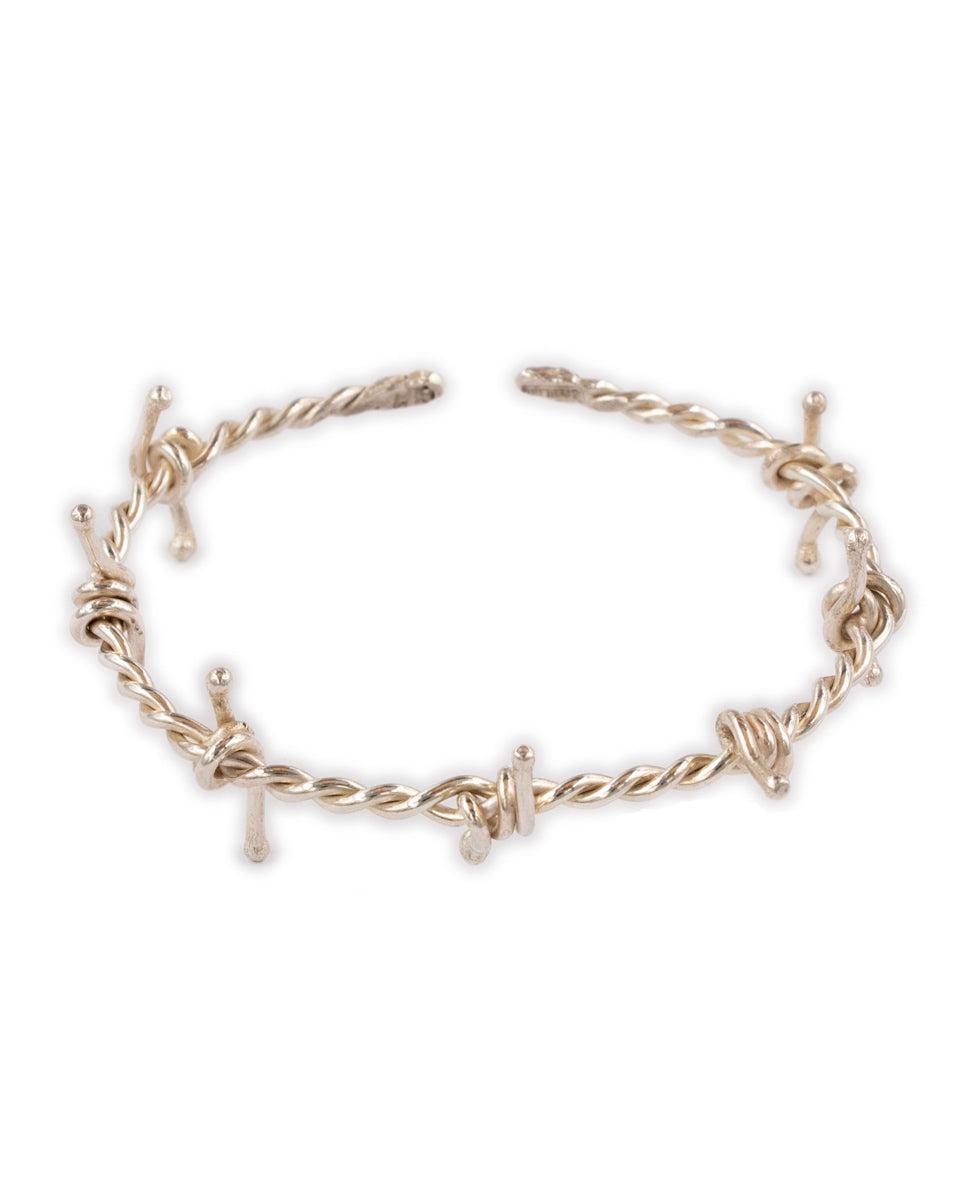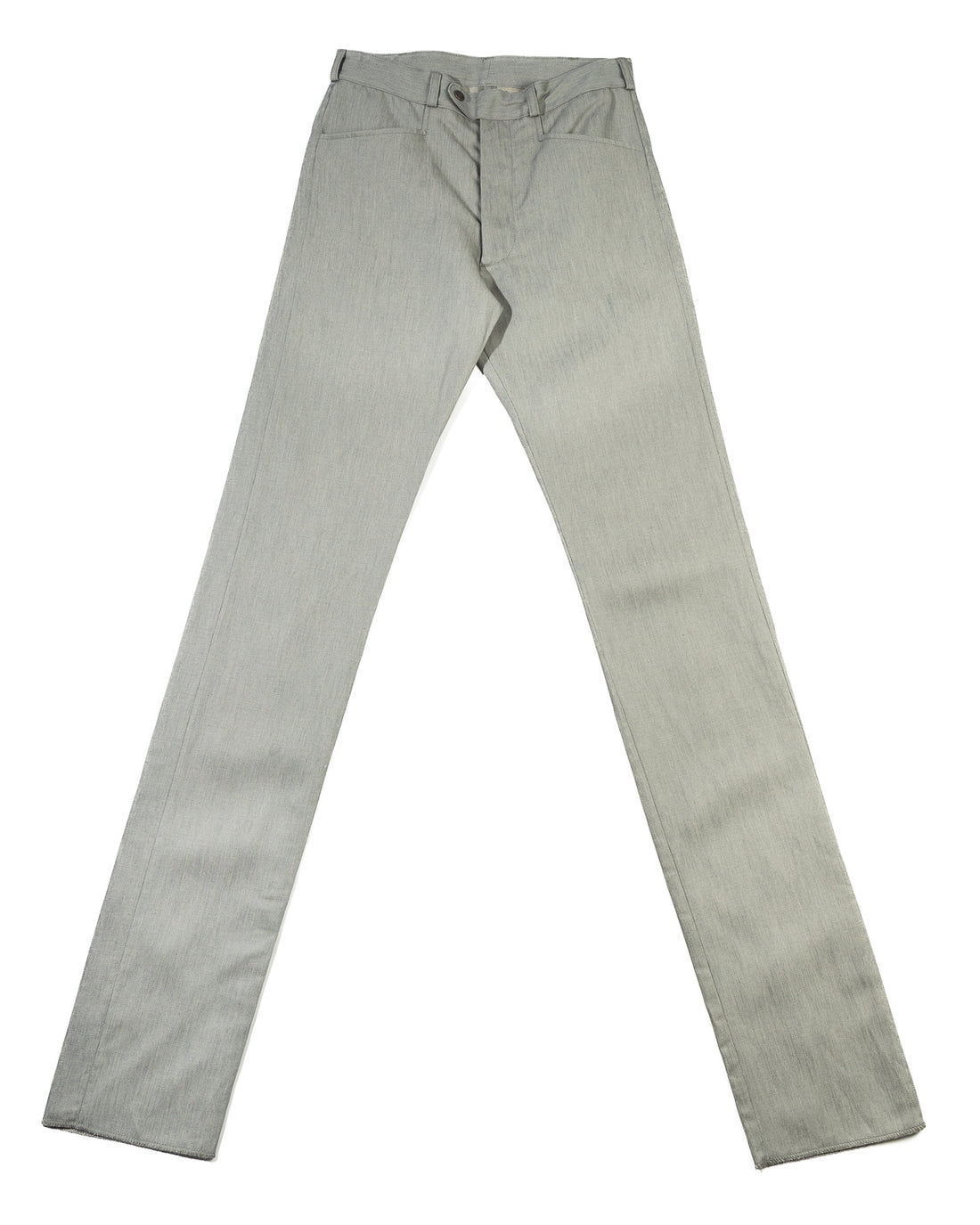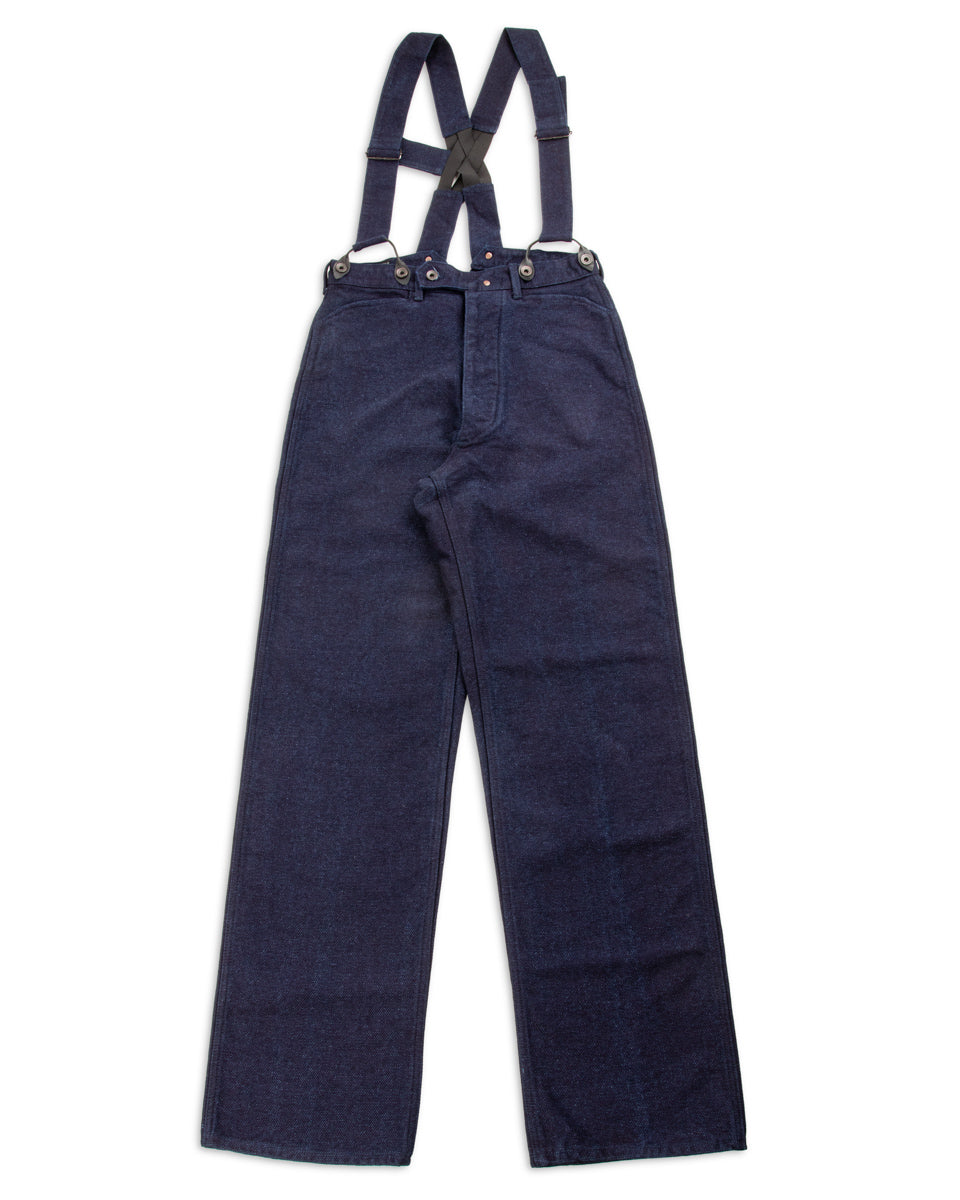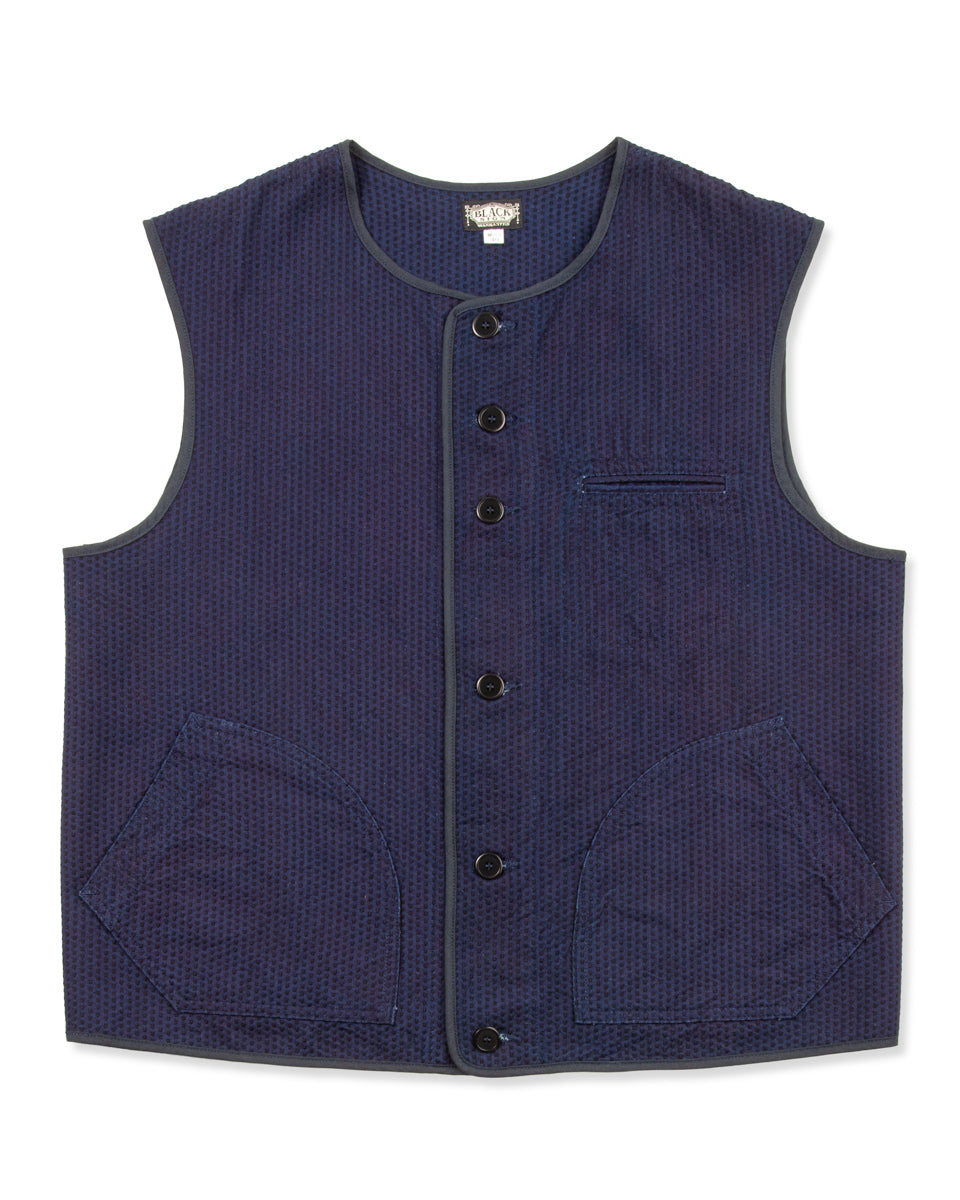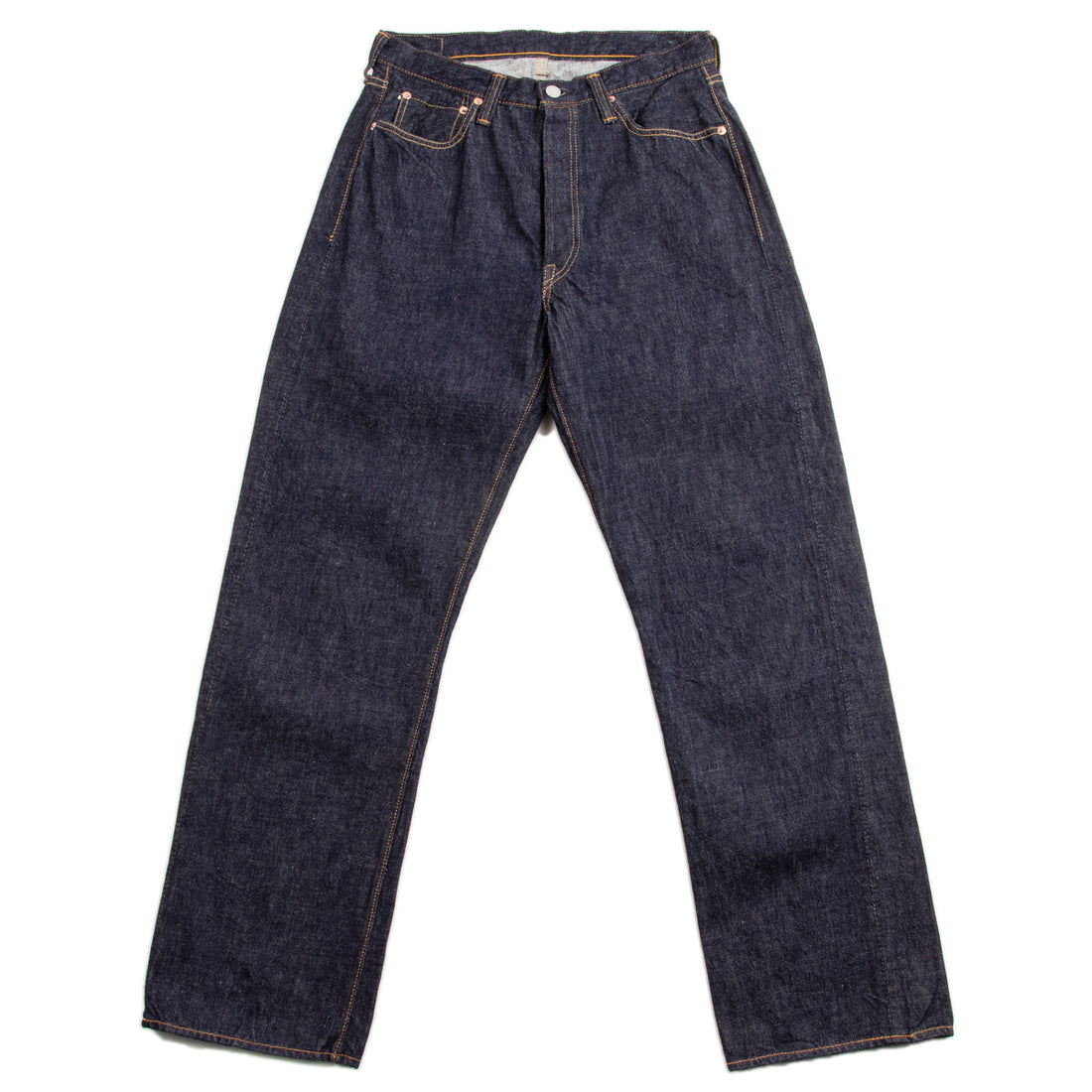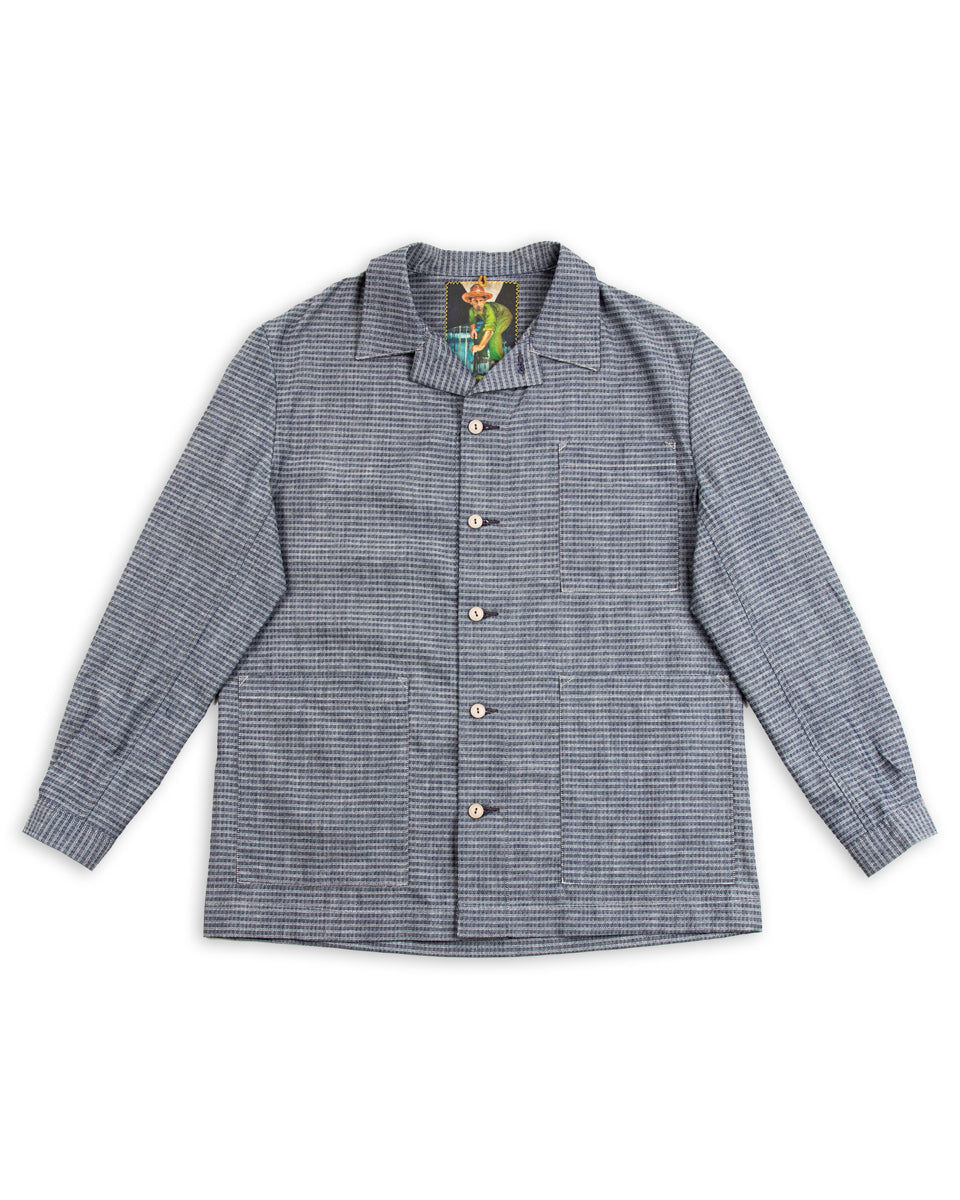
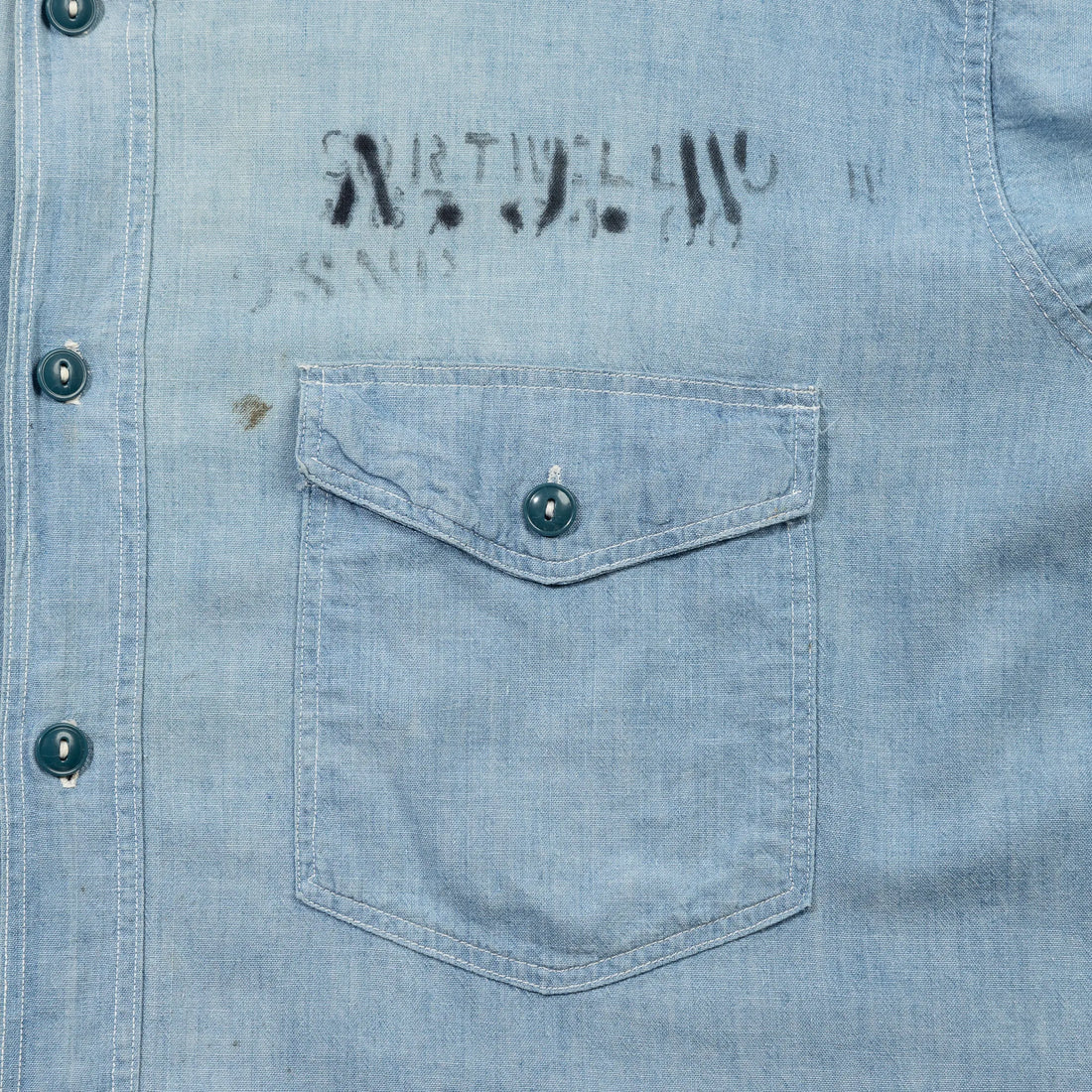
Chambray shirts are a staple in many men’s wardrobes. With origins in workwear and the US Navy uniform, it is no surprise that brands from J. Crew to The Real McCoys offer their own version of the classic light blue shirt. Amongst all the hues of blue, the US Navy chambray shirt is one of the most sought-after by collectors and most often referenced by contemporary brands.
From “Tin Can” sailors aboard destroyers in the Pacific, to members of the US Coast Guard who drove wave after wave of landing craft to deliver soldiers on Omaha and Utah beaches at Normandy, the chambray shirt was there. But, due to their wear for work tasks and versatility that would make them easy to wear postwar via a sailor’s sea bag or surplus store, it can be hard to track down an authentic WWII US Navy chambray today. To make the task of identifying them even harder, the Navy adopted the chambray shirt in 1913 and did not retire it until 1999, meaning there are nearly a hundred years of shirts of various patterns. Here, we will look at what makes the WWII chambray shirts unique and what to look for in an original or a high-end reproduction.
History
United States Navy Uniform Regulations, described the sailor’s “working uniform,” in 1941 as “Dungarees of the prescribed patterns may be worn by officers and enlisted men when engaged in work which by reason of its nature would soil their other uniforms.” This uniform consisted of a pair of dungaree (denim) trousers, a chambray shirt, a black web belt, black shoes, black socks, and a dungaree button-up jumper (The denim shawl collar jumper being well known by collectors today). Sailors and Chief Petty Officers were issued two sets of this work uniform when they joined the Navy and were required to have a minimum of two sets of this uniform in their sea bag. Officers and Warrant Officers were authorized to wear the dungarees but were required to purchase their own uniforms. The shirts were produced in sizes 14 to 17, including half sizes, and were not produced in short, regular, or tall sizes.
The dungaree uniform was considered a work uniform and described in depth when and where sailors were authorized to wear the uniform. An excerpt from the uniform regulations from the time period stated that “Dungarees of the prescribed patterns may be worn by officers and enlisted men when engaged in work which by reason of its nature would soil their other uniforms. This pertains more particularly to those in the engineers force, to artisans, and mechanicians, to the deck force when scaling or painting the ship or handling stores.” The dungarees were not authorized to be worn while off duty or in a situation where the sailor was not engaged in work, a sailor at this point would have worn his undress uniform or his dress uniform.
WWII Shirt Patterns and Production Variations
During WWII, the chambray shirts issued by the US Navy consisted of many minor production variations, primarily in the shape of the pockets. This was mainly due to the large volumes of shirts that needed to be produced in a short amount of time. In 1939, the US Navy consisted of 125,202 sailors, by 1945 the Navy had ballooned to 3,380,817 men. This required dozens and dozens of factories to be under contract to produce the shirts. Some WWII contracts for the chambray shirt were awarded to some of the biggest names in working clothing manufacturing from the 1940’ s. This included The Reliance Mfg Co, who produced work clothing under the Big Yank label, other notable manufacturers were the prison industries for the states of Tennessee, Ohio, Illinois, and Michigan.
Early war shirts had two basic design shapes, which consisted of a baseball diamond-shaped or a square-shaped pocket, with a pocket flap. These shirts primarily had brown, two-hole "cat-eye" buttons, with some later production shirts having blue buttons. The production of the flapped pocket style of shirt was discontinued sometime in 1942, as the last of the contracts for these shirts were completed and delivered to the US Navy. These early-style shirts can be seen being worn throughout the war.
In 1942, a new simplified shirt was adopted by the US Navy. These shirts were identical in construction to the earlier production shirts, except the buttons were changed to blue, and the pocket flaps were omitted. This style of shirt was the standard pattern used by the Navy from 1942 until 1962. Because the Navy used the same basic pattern for three decades, it can be challenging to determine if a shirt is actually a WWII production. The easiest way to determine if the shirt is a WWII production shirt is by looking at the contract number in the collar. If your shirt's contract number is washed out or unreadable there are a couple of tricks to narrow down when your shirt was produced.
WWII Contracts
During World War II, the US Navy relied heavily on contracts to ensure that the factories could produce a variety of items necessary for the Navy's operations. These contracts were not only limited to war essentials like life preservers and plates but also extended to clothing, such as the famous chambray shirts. These shirts were assigned unique contract numbers to identify their production. Typically, the contract numbers for chambray shirts started with a three or four-letter/number prefix, followed by a four or five-number sequence that was issued in sequential order. If a shirt does not have a contract number like this, it is probably not a WWII production. An example of a WWII contract that would be stamped in the shirt's color would be NXSX 87846, USWW2UNIFORMS.COM has an amazing database of WWII contracts, although not every contract is listed in the database. I would recommend checking it out if you are curious when your shirt was manufactured and when. Other WWII contract prefixes that have been observed on chambray shirts are N140S, N5SX, and NOS.
Post-WWII Shirt Patterns and Production Variations
After WWII the US Navy moved to standardize the patterns of chambray shirts so that everyone looked uniform. The basic pattern of the WWII shirt was retained, but the Navy adopted the square pattern pockets for all chambray shirts and discontinued the shirt pocket that was shaped like a baseball diamond. Chambray shirts manufactured from 1946 to 1952 may have a double row of stitching on the pocket, at some point this went away and the pockets only had a single row of stitching on the pockets until the chambray shirt was discontinued. From 1946 to 1962 the US Navy kept the same pattern of shirts, this can continue to confuse sellers and buyers alike because the shirts look exactly like the ones produced during WWII. On 12 March 1962, the Navy announced in a Navy-wide notice that a new style of dungaree shirt was being adopted. The shirt was described as a “blue cotton chambray convertible sport style collar, long sleeves, two patch pockets, squared off bottom, and no shoulder yoke. This style of shirt is the most common style of chambray shirt seen worn during the 1960s and early 1970s. This shirt is easy to recognize due to its squared-off bottom.
POST WWII CONTRACTS
After the end of WWII, the US government started to move towards a more unified approach to logistics, instead of each branch being responsible for their own logistics and supply, which had been the industry standard. This effort to streamline logistics also had an impact on military clothing including chambray shirts as the shirts' contract numbers started to change to reflect the evolutions of a unified logistics organization that oversaw supply and logistics for the entire Department of Defense. From 1946 to 1952/53 the US Navy used the prefix N140 in their clothing so if your shirt, peacoat, or watch cap has a contract number that is similar to N140-62235s-485968, then your shirt was most likely produced from 1946 to 1952/53.
In 1952 Congress passed the Defense Cataloging and Standardization Act of 1952, followed by the establishment of the Defense Agency around this time, which further unified the supply system and forced all branches of the military to adopt a common way of marking clothing. From 1953 to 1961 most contract numbers were embedded with the date on them, but there were quite a few versions of how contract numbers were marked on navy uniforms. So a contract number from this time period would appear in one of four different formats, the first format would appear as TAP-396-01-455-C-53. The last two digits would be the year the contract for the shirt was awarded, so in this case 1953.
The second format seen on chambray shirts from this period is: DA-36-243-QM (CTM)-2554, in this case, the contract for that shirt would be 1954. The third abbreviated contract number marking from this period. It would appear as simply QM-3816, unfortunately, you can not ascertain the year the contract number was awarded but they fall in this time period. The final way contract numbers were marked in the following format was QM (CTM) 8703-C-61. In this case, the contract was awarded in 1961.
In 1961 Defense Secretary Robert McNamara became the Secretary of Defense and soon after that, Secretary McNamara announced the establishment of a separate supply and service agency known as the Defense Supply Agency (DSA); the new agency began operations on January 1, 1962. From this time forward military clothing was marked with the DSA prefix. Shirts produced from 1962 to 1966 can sometimes be hard to date as most contract numbers did not have a date assigned to the contract number. In 1967 DSA contracts started adding the date, so a contract number of DSA 100-67-C-3049 would have the contract awarded in 1967. These dates are not inclusive and one might find a shirt with a 1962 contract and an older style contract number, this is more to be able to understand the general time periods when contract numbers appeared on post-war chambray shirts, in order to date them. It’s all important to understand when it comes to contract numbers, the contract number is really the beginning date of the entire contract. In the case when a date is present such as DSA 100-67-C-3049, the contract was awarded in 1967, but it usually takes the manufacturer 6-9 months from the start of the contract to produce the shirts and fill the orders.
Other Variations
Not all WWII chambray shirts were blue, this leads us to discuss the N-3 Shirt. In 1942 the US Navy started developing an improved line of clothing for Sailors who were serving overseas in climates ranging from the Tropics to the Arctic. By the Spring of 1943, the US Navy had finished the development of this new line of clothing. All the clothing items were given an alpha-numeric designation of N-1, N-2, N-3, and N-4. The N-3 series of clothing were in Olive Drab 7 (OD7) and consisted of a HBT Jacket, pants, cap, although some contracts were produced in twill, and a shirt manufactured in a lightweight broadcloth.
The N-3 shirt was designed by the Navy using the pattern of the successful blue chambray shirt. This saved the expense of creating a new design and allowed for the use of lightweight cotton fabric that matched the parent uniform. The N-3 shirt and blue chambray shirt shared many design features, including cuffs, a front button placket band, button type, and pocket type, with the exception of color. The N-3 shirt was constructed using a light, plain weave, cotton broadcloth material, and was meant to be worn without a jacket in hot climates. It was stamped with a "U.S.N." identifying mark on the left chest pocket, and sailors' names were stenciled above the same pocket. Many N-3 shirts were produced during WWII and remained in surplus after the war, and were later issued to sailors who Served in the Korean War and some N-3 shirts from the Vietnam era can be found with Army insignia attached, which is a testament to the shirt's comfort in hot conditions.
Rank
Another easy way to identify non-WWII shirts is by rank. During WWII, enlisted personnel were not authorized to wear rank on their chambray shirts. However, this changed in 1951 when third, second, and first-class Petty Officers were allowed to wear their corresponding rank on the left sleeve of their chambray shirts. At first, Petty Officers' ranks or “crows” were stenciled on the shirts, but this later changed to an iron-on patch in 1955. It is worth noting that a shirt with a rank on it may have been produced during WWII but was issued and worn as a post-WWII shirt.
Buttons
The buttons on chambray shirts were also subject to change. During WWII, all buttons on chambray shirts were 22.5 line (9/16 inch), two-hole, and made from plastic of either brown or blue. However, around 1961, the Navy adopted four-hole buttons on their chambray shirts, and they became the normal button pattern until the chambray shirt was discontinued in 1999. So if your shirt has four-hole buttons it was produced after 1961.
Marking of Shirts
The US Navy had strict regulations for marking clothing during WWII. The regulation stated that every article of clothing should be legibly marked with the owner's name, using black paint to mark white clothes and dungarees and white paint to mark blue clothes. Chambray shirts were no exception to this rule, and they were required to be marked on the inside, near the bottom hem, at the center line of the back, with initials only inside the back about three inches below the seam where the collar is attached. The marking of clothes was essential for several reasons, including decreasing theft onboard ship, preventing uniforms from getting lost in the ship's laundry, and assisting in identifying the body in case of death in action. However, original shirts showed everything from stencils to rubber ink stamps, all different colors of paint, and sometimes no markings at all, by the 1960’s the markings on shirts became less and less formal.
Conclusion
The chambray was not only practical and functional, but it also became a symbol of American military style. Its design was so versatile that it could be worn in different climates and environments, and it was quickly embraced by sailors and civilians alike. Its popularity was due to its lightweight and breathable fabric, which made it comfortable to wear in hot and humid conditions.
In addition to its practicality, the chambray shirt also had a distinctive look that set it apart from other military clothing of the time. It had a utilitarian aesthetic that reflected the military's emphasis on function over fashion. However, despite its simple design, the chambray shirt had a certain rugged charm that made it a favorite of collectors to this day.
Today, the Chambray shirt remains a beloved piece of military heritage and a popular item among collectors and fashion enthusiasts. Its timeless design and durability have made it a classic wardrobe staple that can be worn in a variety of settings. Whether dressed up or down, the chambray shirt is a versatile piece that embodies the spirit of American military style.
About The Author
Andrew T. Wombacher served 20 years in the US Military including 7 years in the US Coast Guard and 13 Years in the US Army. His time in the military took Andrew everywhere from the Northwest Passage to Mosul, Iraq, and all places in between. Andrew currently lives in New Orleans, LA where he works as an actor and spends his free time researching and buying military vintage clothing. You can follow him on Instagram.
Our favorite chambray shirts
These aren't all USN chambray shirts, but a selection of the wide variety we stock covering everything from literal interpretations to freeform riffs on the form. You can view our entire selection of chambray tops here.
All the latest
Featured blog posts


